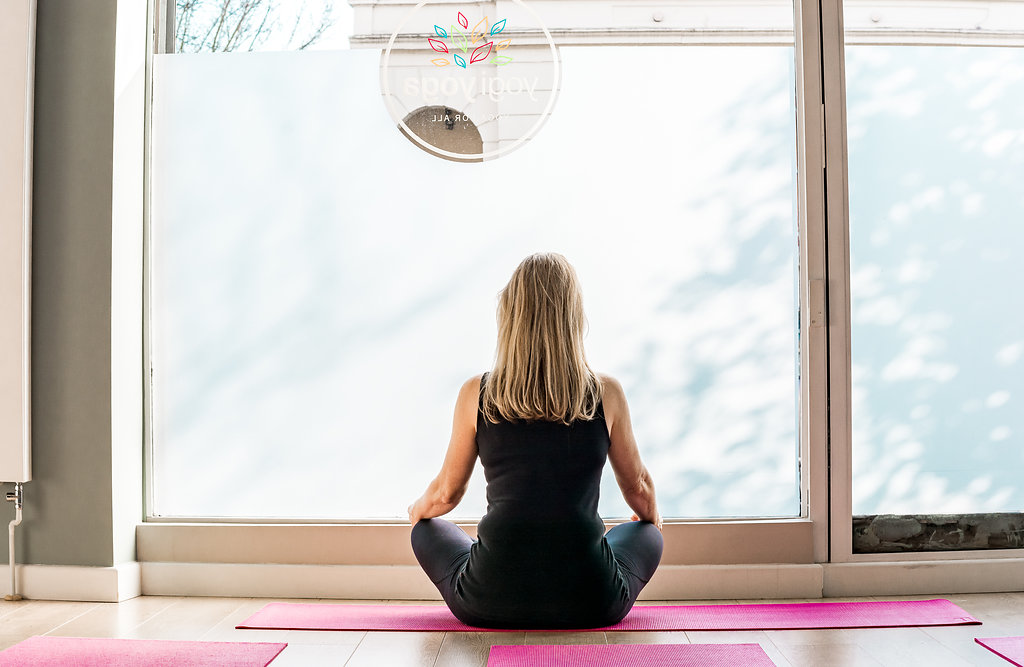
The reason why I initially fell in love with yoga and especially vinyasa, was because it allowed me to tap into that sense of freedom again. At the time, I was in a long term corporate job, tied to a desk and pretty much tied in knots on the inside.
Even as a long term practitioner of yoga, my practice has its moments of inspiration and moments of stagnation. Sometimes, I get stuck or I go into auto-pilot. Lately, however, I have connected with my practice rediscovering that sense of freedom again. It has been a revelation, as the feeling has been so powerful and led to a few thoughts.
Yoga means “union” and we can only find union in the absence of separation. In traditional texts and dualistic philosophies, that separation is referred to as duality, the constant struggle between the true self and the ego. It is impossible to experience freedom in that struggle.
Our daily lives are focused on goals, on targets, on achievements. And we bring that into our practice. “I need to nail this pose, I need to do it right.” In that process, we focus on our limitations, on all the things that do not allow us to achieve what we want to achieve and we are divided.
Can we get on our mat and focus on what is there instead? Can we move into the space that is available to us and let go of the limitations?
This can’t happen in speed. It can’t happen if we are only focused on the destination, as opposed to the journey. It only happens when we let go of all of it; the goals, the pose, the technique, the perceived limitations. In yoga, we use many techniques whether they relate to the physical, breath or mental practice. These techniques are extremely useful to guide us and maintain us along our path. But ultimately, we need to be able to let go of it to find the freedom that lies within.
We need to let go of the obstacles and boundaries that we impose on ourselves and focus on what is there in that present moment. We need to let go of the need to “nail that pose” and focus on the journey. It does not mean that we let go of aspirations, but it does mean that we are able to connect with the present moment without it being clouded by projecting forward.
This is an incredibly empowering process, as we cease to battle with ourselves. We cease to see ourselves as separate and divided and allow ourselves to become whole. We are born whole, we come to our mats whole, but we constantly see ourselves as divided. The practice of connecting to the present moment is available to all of us, regardless of ability or mobility for that matter. It requires constant practice and the ability to let go and accept.
Acceptance is an integral aspect of this process. Can we accept what we perceive as limitations or weaknesses and embrace them in exactly the same way as we embrace our strengths and possibilities? Being present requires us to sit with the whole, with all that is in that moment.
Pantajali, in his yoga sutras, highlights the importance of “contentment”. It is one of the 5 Niyamas (observances). What we practice on our mat can always be taken off the mat into our day to day lives. So when we find that contentment on the mat simply with what is, whether it is a beautifully expressed posture, a fragment of a pose or just a simple journey towards it, it is likely that we are able to tune into a more profound exploration of that contentment in our daily activities. We can start seeing life and ourselves not as limited, but as full of potential. There is such freedom and liberation in this.
